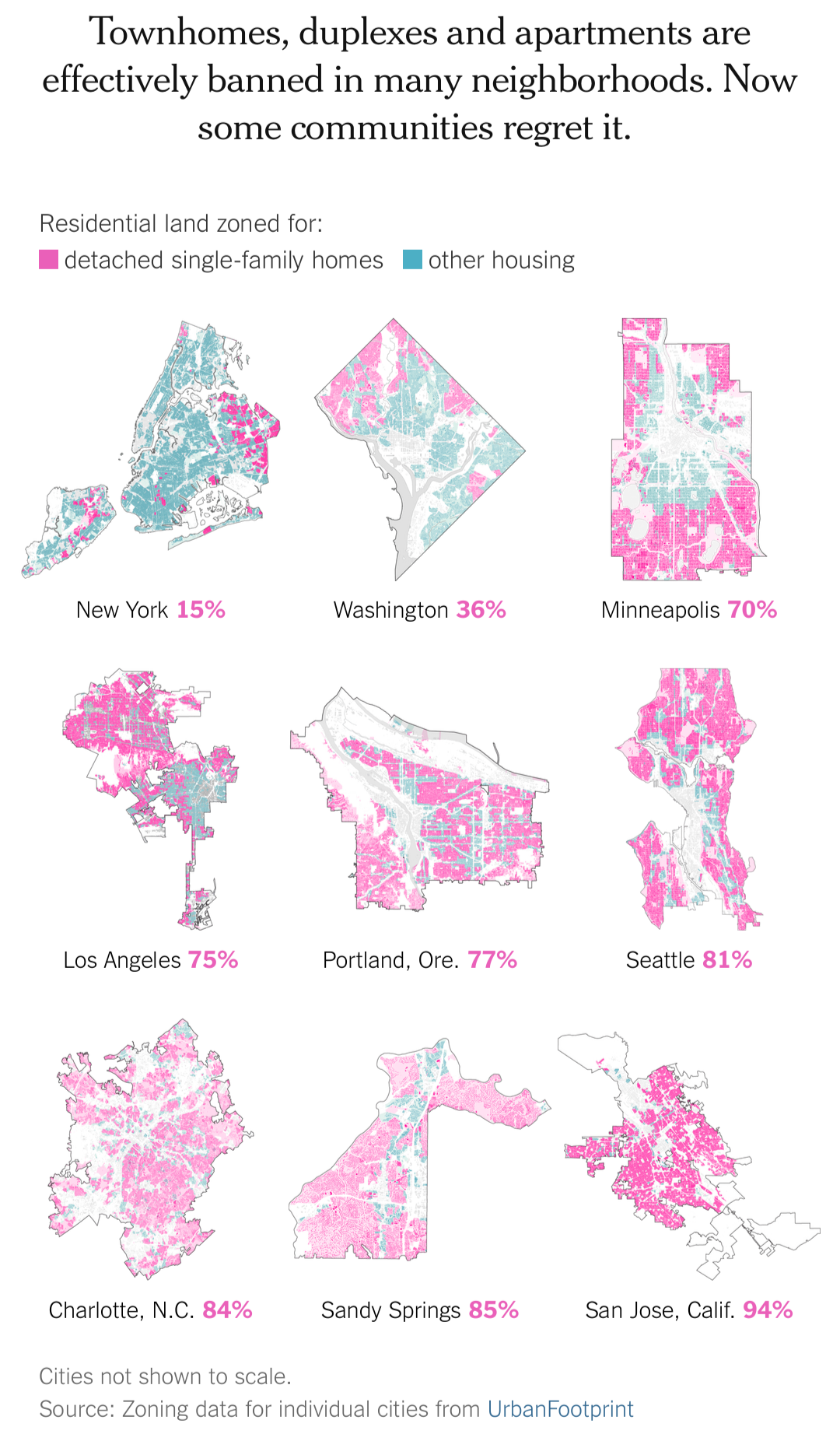

Is the GOP actually the ones wanting us to replace Biden at the moment? If anything, there’s a very good reason to believe the GOP would want Biden to remain: he’s a quite unpopular president for whom the overwhelming majority of Americans have concerns about his age and mental fitness. Further, he has a ton of political baggage, and is highly contentious amongst Democrats.
Personally, I genuinely think Gretchen Whitmer (with Pete Buttigieg as running mate) would be much more likely to win in November, at least according to post-debate polling from this leaked internal memo: https://puck.news/wp-content/uploads/2024/07/SUNDAY_Post-Debate_Landscape_2024_06_30__1_-1.pdf









Some squatter who bought the rights to it for two twigs and a raspberry back when they were first selling off name rights 200,000 years ago